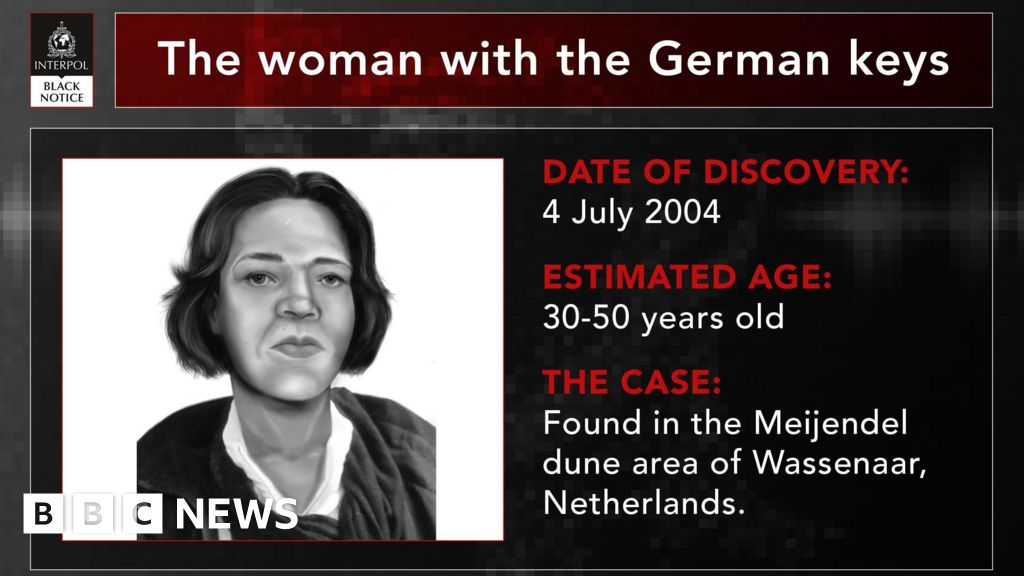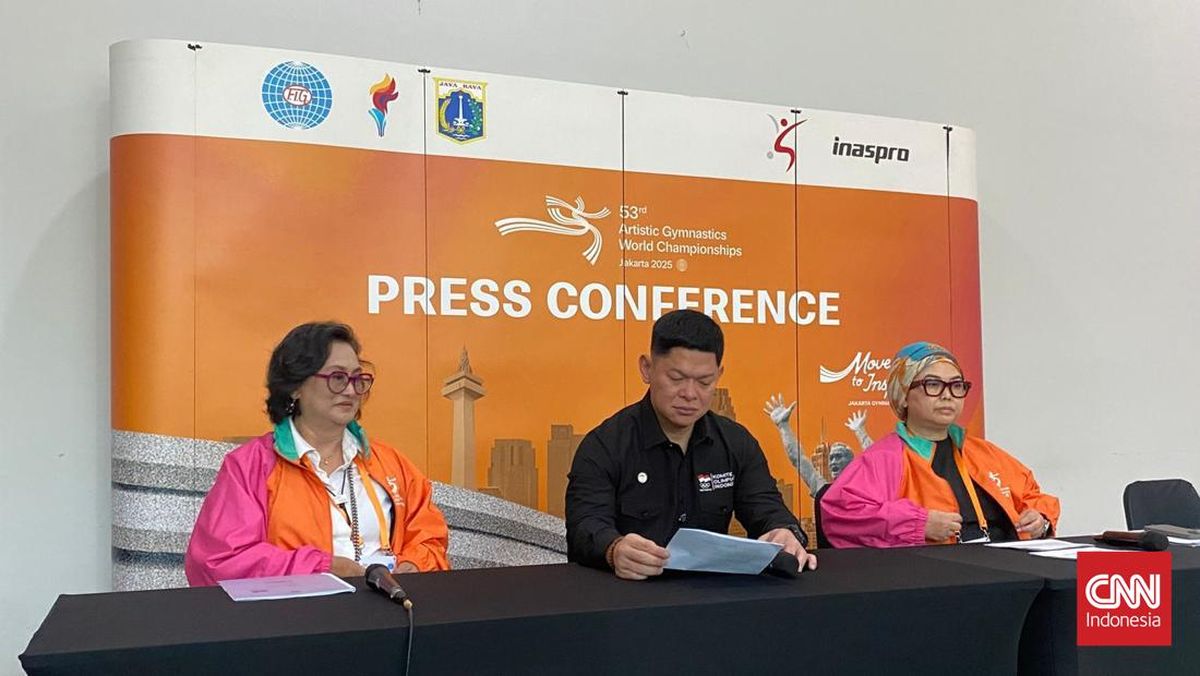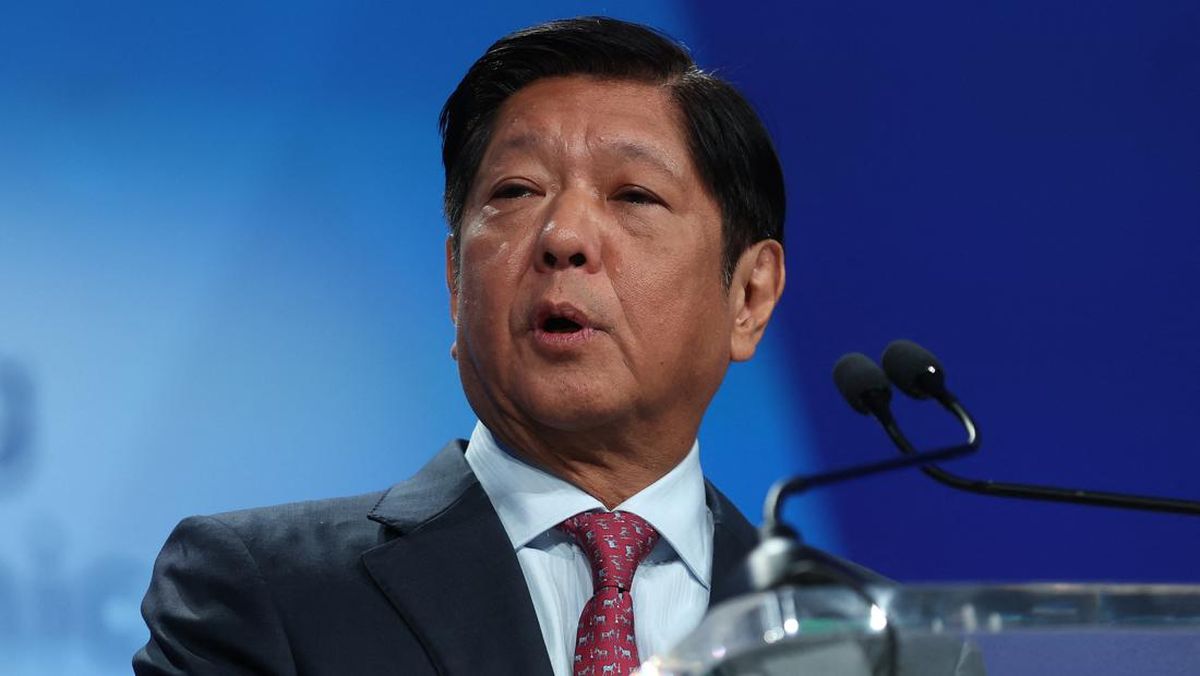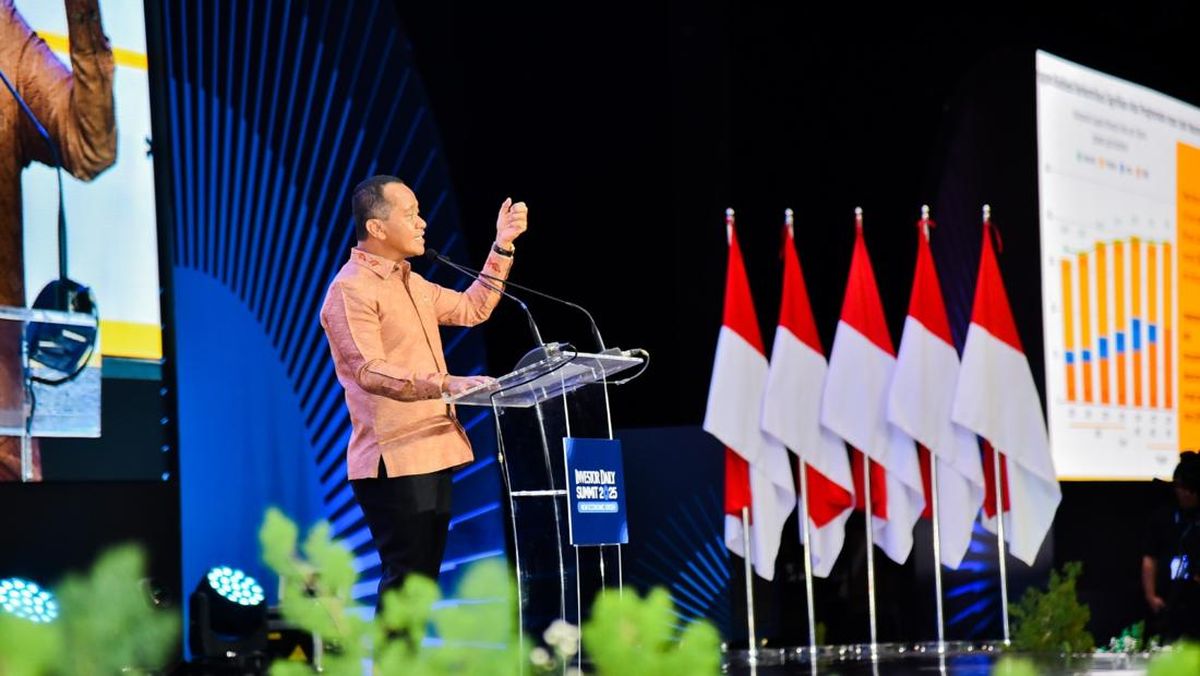In the first half of that year Osmond pushed through the paperwork to secure an investigation permit at this curious and very enticing project which was delivered in July. Following some extensive due diligence and investigation, the subsequent agreement struck with ICM handed Osmond control of 86 square kilometres of prospective ground, with three additional permits in the pipeline lifting the footprint to 228 square kilometres.
Early fieldwork produced exactly the sort of results Osmond had been hoping for with the company subsequently claiming to have uncovered a potential tier-one, European heavy-minerals play.

Maiden drilling is now underway at Osmond Resources’ Orion rutile project in Spain.
That claim was backed up by three 50-kilogram bulk samples at Orion grading between 28 and 31 per cent total heavy minerals (THM) with rutile dominating the mix at 13 to 15 per cent - almost half of the total THM content - and zircon contributing roughly 30 per cent, grading 8.4 to 9.4 per cent. An impressive hafnium credit up to 1,295 parts per million was also recorded.
Hafnium is one of those rare critical materials most people have never heard of but is extensively used in nuclear reactor control rods, semiconductors and aerospace alloys all of which are in high demand.
Orion also offered up some intriguing rare earth results adding even more spice, with NdPr-bearing monazite grading 1.5 to 1.7 per cent monazite and total rare earth oxides running at 1.1 to 1.2 per cent with the suite weighted to neodymium, praseodymium, dysprosium and terbium - all essential for magnets in electric vehicles, wind turbines, robotics and drones.
On these numbers, Osmond appears to have latched onto an exceptionally rich and rare deposit, loaded with premium rutile and zircon alongside other genuinely scarce critical minerals. As a reference point, Orion’s THM grades put it in the neighbourhood of Iluka’s world-class Balranald resource at 33.7 per cent and well ahead of other, often-cited benchmark deposits including those operated by global producer Sierra Rutile and LSE-listed Kenmare Resources, both which typically sit below 5 per cent THM. The mineral mix and grade profile place Orion amongst the very best globally with the potential to support premium pricing if developed.
Osmond now has its foot to the floor, bringing in rigs last week for a 15-hole maiden program with drilling targeted on multiple mineral-rich seams across at least three mapped and bulk-sampled zones. The company says results will provide the backbone for resource modelling, with the highly-anticipated assays expected by the end of the month.
So far, geologists have identified five seams at what the company has labelled Zone 3 and three in Zones 1 and 2. Significantly the mineralised outcrops stretches for more than 12 kilometres. In addition, high scintillometer readings across the broader area suggests the mineralisation could extend as far as 25 kilometres from current targets. The scale appears almost biblical.
Osmond has already sunk holes into the ground which immediately intersected a 3.4-metre section of a lithified seam at 108 metres depth. Assays have been fast-tracked with results expected by the end of the month.
With its eye on the future, the company has also begun scoping processing options and potential end-users with an obvious candidate being Solvay’s French plant – the 150 year old European chemical company which aims to supply 30 per cent of the EU’s magnet demand by 2030 and would be a natural potential customer. Osmond is also weighing the possibility of building a processing plant in Spain, with an eye on EU support for strengthening local supply chains.

Outcropping seam at in Zone 3 at Orion
Orion fits squarely within Europe’s geopolitical and industrial priorities. Under the Critical Raw Materials Act, the EU has set 2030 targets of 10 per cent domestic extraction, 40 per cent processing, 25 per cent recycling and a cap of 65 per cent dependence on any single non-EU source.
Osmond now looks to be in the right place, at the right time with the exact mineral mix for the moment. The EU’s defence budgets are on a sharp trend north, having already surged from about 1.3 per cent of GDP in 2023 to 2.1 per cent in 2025, intensifying demand for strategic materials of the exact type Osmond appears to have under its feet. China’s export restrictions on dysprosium and terbium have only added greater urgency to demand.
With a rare and lucrative mineral asset mix that could feed this type of global demand, located in the heart of the EU, Osmond looks to have positioned itself perfectly for a seat at what is set to be a very lucrative table.
Is your ASX-listed company doing something interesting? Contact: [email protected]


















































